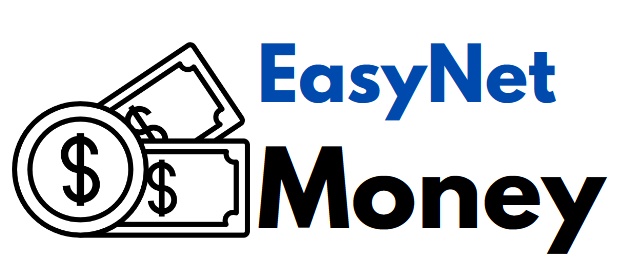The EUR/USD currency pair is settling at lower positions close to the monthly base at 1.0070 as the US Dollar favors bearish traders. This comes concurrently with a slow start in the European market on Friday.
Germany Nears Recession
Concerns about the possibility of a recession in Germany and geopolitical jitters teamed up with the risk-aversion moves. Hawkish comments from the US Federal Reserve also add more pressure to the pair.
EUR/USD price chart. Source TradingView
The US Dollar index has shot up to a high level of four weeks standing at 107.72. The index has, thus, gone up for the third day in a row and is close to 107.68 as of the time of this report. This comes despite various catalysts from Federal Reserve’s hawkish comments to high-end data reports and even geopolitical concerns around Europe and China.
Recent news from Bloomberg has it that Russian President Vladimir Putin and Chinese President Xi Jinping might attend a G20 Summit scheduled to hold in Indonesia later in the year. The President of Indonesia, Joko Widodo, made the announcement during an interview.
The news from Bloomberg also added that it was the first time the President of Indonesia would be confirming that both Putin and Jinping would be at the meeting. The news added to established fears and anxiety that contributed to people’s run for safety in the first place. It was what aided the Dollar index’s renewal of its monthly top following its release.
Iranian Nuclear Deal Helped the Pair
Before now, the President of the San Francisco Federal Reserve, Mary Daly, supported either a 50 or 75 basis points interest rate increment. She, thus, gave a possible direction that the Feds might follow in September.
Neel Kashkari of the Minneapolis Fed said, according to Reuters, that he does not think the US is in a recession currently. And the President of the St Louis Fed, James Bullard, who is perpetually a hawk, said he supports a 75 basis points rate increase for September.
The hope that the Iranian nuclear deal will have the expected result made an attempt to put the EUR/USD in some check. Another factor that helped mitigate the pair’s fall is the news that the EU saw its highest inflation yet. The inflation reached 8.9% YoY in the month of July and it is having a poor feedback channel is opening up.
Wall Street had a mixed trading session and put more pressure. Shares like the S&P Futures went down by 0.17%. Furthermore, the US ten-year Treasury yields turned around their retreat from the monthly height to reach 2.891%.


